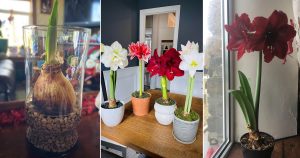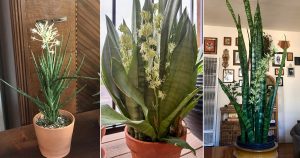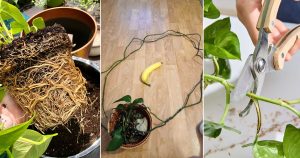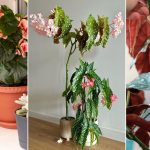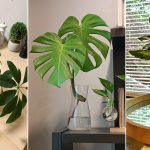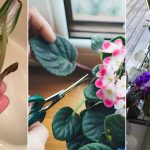A lot of people are interested in planting flower gardens that will support bees. And there is no reason why container gardeners can’t do their part to support bees. In fact, urban gardeners should help “re-green” their surroundings as much as possible to help support wildlife that was displaced by development. In my master gardener class yesterday, I learned three interesting things about the flowers that attract bees that I thought I would pass along if you’d like to help out one of the hardest working insects in your garden.
So, let’s say that you have decided to help bees out this year, either because you’re very altruistic, or because you want bees to come and pollinate your fruit and vegetable plants. How do you know what flowers bees like? Of course, you’ll want to make sure that you don’t pick a “pollen-less” hybrid, by there are three good things to look for in a flower if you’re trying to woo a bee.
Look for Honey Spots
Do you see the little dots in the interior of the foxglove flower pictured above, on the left? Those are called “honey spots,” and for good reason. They act as a landing guide for bees. Now that you’re aware of what they are, you’ll start noticing them on all sorts of flowers. The mahogany colored ring around the center of the coreopsis on the top right is also a type of honey spot. It acts as a giant bull’s eye for the bee, telling it right where to go.
Choose Colors Wisely
Bees can’t see the same spectrum of colors as we do. For example, yellow flowers appear blue to bees. And bees seem particularly attracted to blue flowers (and the yellow flowers that appear blue to them). So they’re a good bet. Of course, bees do go to other colors of flowers, but just as hummingbirds really like red flowers, bees really like yellow and blue flowers.
Provide a Landing Pad
Flowers that have evolved with bees have somewhere for bees to land. Teeny tiny flowers that are not in a cluster of other teeny-tiny flowers are either pollinated by some method other than bees, or have been hybridized by people and are not suitable for bees anymore. Same thing with long, tubular, extremely narrow flowers. Not suitable for bees.
Bees and flowers have a symbiotic relationship, so bees want to go to the flowers that want bees. And flowers that want bees put out a welcome mat in the form of a landing pad. Interestingly enough, we learned in the class that members of the pea family have their flower petals ever so slightly glued together, creating the perfect place for bees to land. And when they do, the petals separate, and dab the bee with pollen on its belly. Then, when the bee lands on a female pea flower, the pollen receptor (stigma) is in the exact right place to brush against the part of the bee’s belly with the pollen on it!
Do you plan on including flowers bees like in your garden this year?

